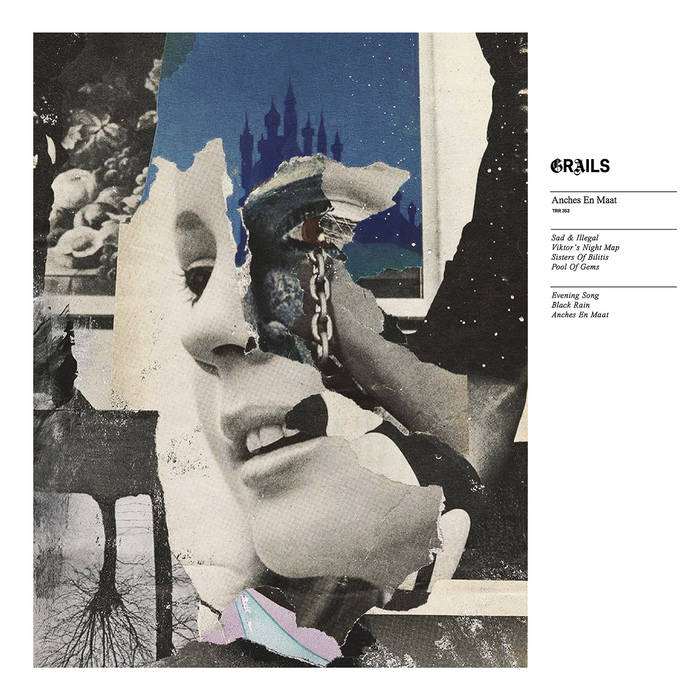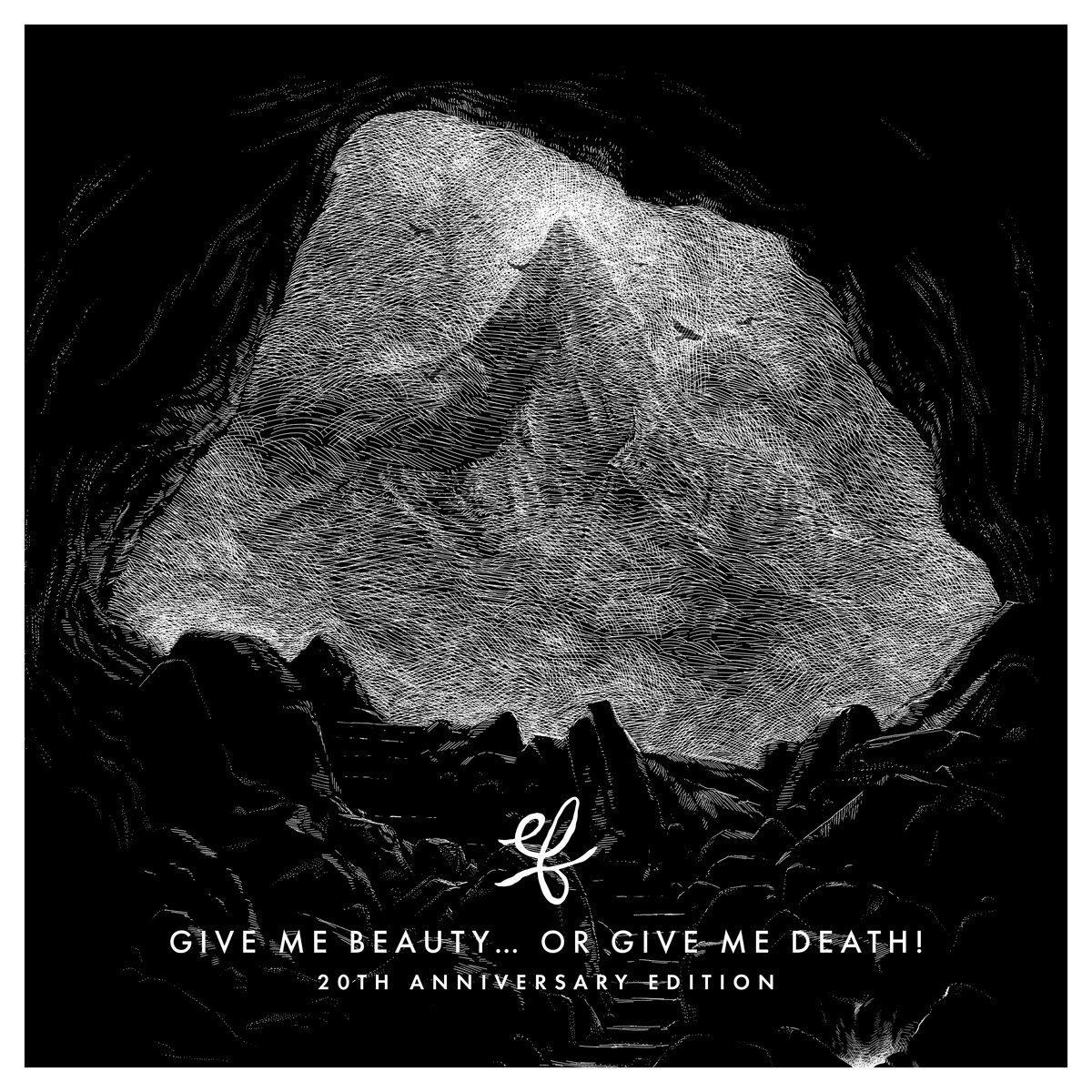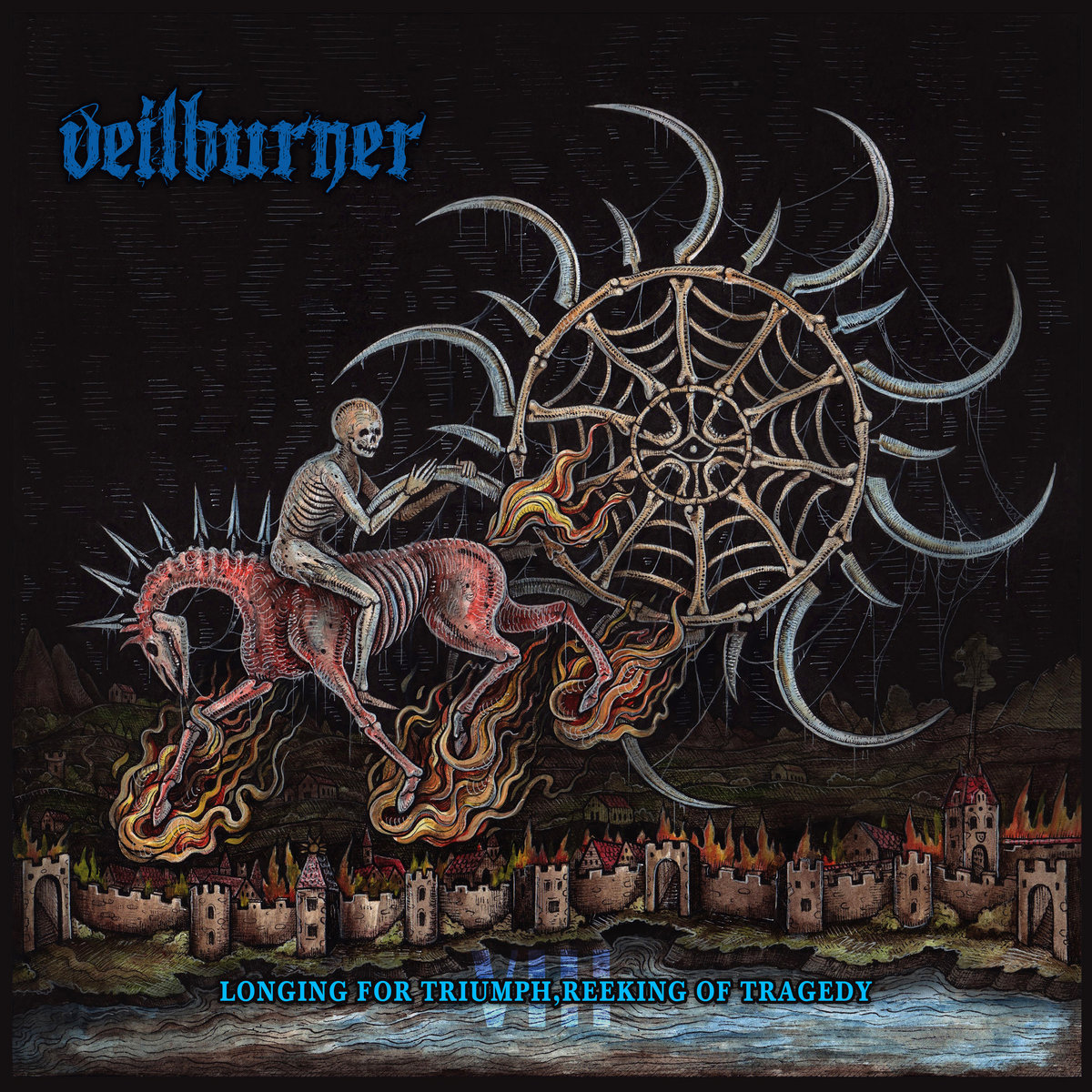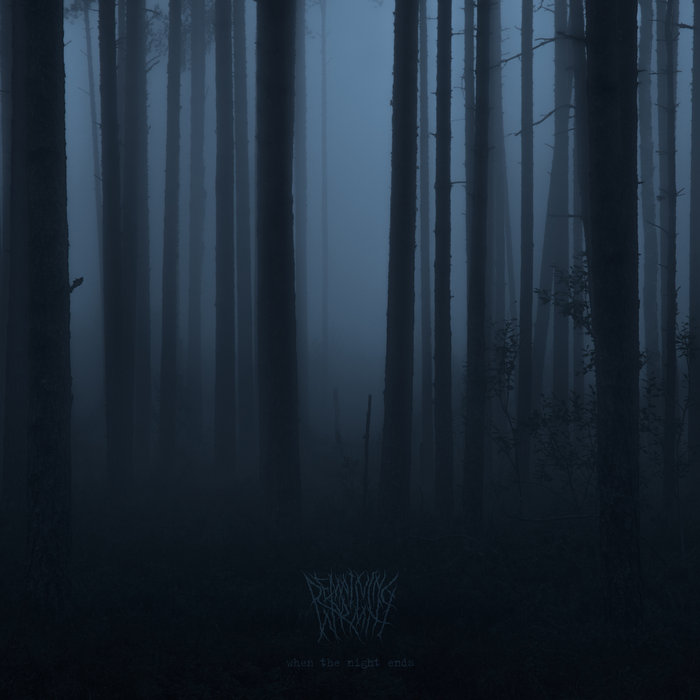It’s not as if we are trying to become an outlet for literature, no. But when something as intriguing as an attempt at a compendium of something as vast as the US Metal Underground comes around, we are all ears (in this case, rather eyes, ay?). When Alex Anesiadis is the author with all his knowledge of said topic then we are giving it an even closer look and if it’s as good as his book Heroes of the Metal underground then we cannot resist giving you an excerpt of it and announce that we’ll be doing an interview with him that you can be a part of!
Alex’ book (in cooperation with Yannis Skarpelos, who’s a professor at Panteion University, Athens, Greece) is nothing more than an encyclopedic look at the American Heavy Metal Underground right from its beginnings. We are very happy to provide you with an insight into the book in the form of its introduction. Enjoy this excerpt and if you want to know where to get it and ho to participate in our interview with Alex, just read to the end where you will find all the information you will need for that!
The term “false metal” was championed by Manowar on their 1983 LP Into Glory Ride, where they declared “Death to False Metal” on the back sleeve. Manowar had all the components that fans of “true metal” love—the imagery, the epic heavy sound, the logos, the lyrics—so they’re regarded by some as the truest heavy metal band. However, there are bands that are more lightweight than Manowar, more melodic, or less metallic (e.g., the early period of Cirith Ungol or even the 1970s period of Rush) that are still regarded as “true metal” bands.
To confuse things even more, Slayer’s Show No Mercy era is regarded as true metal, whereas Reign in Blood is considered false, because even though the music was faster and harder, Slayer allowed too many hardcore/punk influences into their sound! Even more confusing, Metallica’s Black Album era might be heavier and less melodic than, say, Warlord, but Metallica are considered false metal, since they went on to commercialize their sound, whereas Warlord kept the 1970s hard rock/heavy metal tradition combined with classical music influences. Meanwhile, Pantera’s 1980s glam and power metal offerings are considered truer metal than their 1990s modern metal records, while bands like Machine Head are regarded hands down as poseurs by the same supposedly true metalheads.
Andreas Andreou, the mastermind behind the heavy metal record label No Remorse, says, “In my forties, terms like ‘true metal’ sound really old-school, even if we lived them and it’s not something from the Jurassic period of metal music. While on the back cover of Manowar’s second album (Into Glory Ride, 1983), you can read the infamous ‘Death to False Metal,’ we first read extensively about ‘true metal’ in the nineties and probably thanks to a band that ‘true-metallers’ don’t really accept: HammerFall. While Manowar’s definition of false metal is probably just a bold and egocentric statement (a cliché nowadays!), I can give you an example of real heavy metal. A passionate metalhead raising a fist in the air, five closed fingers, one for each band: Black Sabbath, Judas Priest, Iron Maiden, Accept, Saxon. Anything that strays from these bands’ sound isn’t real heavy metal. It might be metal, or heavy, or post-something, or some other metal sub-genre, but these five have the classic, real heavy metal sound.
“However, a genre like heavy metal is not only about the music. It’s something more, and only ‘neighboring’ music styles (for example, punk) can claim to be similar. The never- surrender attitude, the passion, the revolution, the knowledge and open mind regarding life and society, the eagerness to evolve but sometimes with a regressive taste, and the unending support for underground metal and the scene that surrounds it. You also need to fight for what you believe in and stand up for your rights. For life. Because Rome wasn’t built in a day, and if metal is just a phase, or just an escape for someone, then it’s not true metal they love. If one person ever personified true metal, it had to be Mark Shelton of Manilla Road.”
George Tassis, a record collector and a major fan of the true metal sound, defines true metal as “the struggle to wed a conservative state of mind on the principles of heavy metal with a liberal way of conduct. The antithesis of musical elitism that aims at preserving an art form in defiance of sex, race, or ethnicity. Inherently flawed romanticism that succeeds in ways unseen. A bunch of peasants on the road of kings, offering another perspective of it, the one that pinpoints its philosophy rather than a strict musical definition.”
Although we have the definition of false metal, the definition of true metal is confusing; the heavy metal philosopher Iron Skullet writes, “despite the elitism that is sometimes present in the term, ‘true heavy metal’ is a useful descriptor for separating bands that play near the center of the subgenre from bands with a hybrid or evolved sound. This is often relevant even within a single band’s discography. For example, Black Sabbath’s 1981 album Mob Rules is a true heavy metal album, while their 2013 album 13 is a blend of heavy doom.” The definition therefore of true metal is subjective, since one “true” metalhead could regard that all of Armored Saint’s back catalog is true metal, whereas another could describe them as a true metal band initially that sadly later modernized their sound in the 1990s and 2000s. Crazy and confusing, the term “true metal” applies to many private American metal releases of the 1980s, since they comply with the strict general rules of true metal. They have the pure metal sound, the fantasy/heroic lyrics and imagery, the noncommercial vibe, and the obscurity. There are bands like Child Saint that released only a twelve-inch of two songs that are glorified by true metalheads. (In their own words, “These true songs erase discographies of much more famous commercial metal bands.”)
Chris Papadakis, editor-in-chief of Forgotten Scroll zine/webzine (as well as singer of Afterimage and Ominous Sky, and radio producer of Mercury Radio), writes, “‘True metal’ was just a term used by bands, labels, and promoters as the main feature to develop a marketing plan. It does not represent any special value to me. I definitely have aesthetic criteria to sort different kinds of music and musical mixtures in my mind and decide what to keep for my ears and my record collection, but this is a complex and personal process/situation, not just for me but for everybody. Dividing bands into true or false categories is a nonsensical scenario for me, especially when you are doing it to sell more records, T-shirts, and concert tickets, ’cause in my opinion, this is what the ‘true metal’ thing is about. To make a long story short, music to me matters the most, and such terms like true metal are useless. To be true—as a band or a listener—in the matters of ethics, beliefs, and faith to your music and your aesthetic is a complex and personal story. It has nothing to do with any monikers or marketing plans.” The mystique that surrounds all those crazy rare private metal records offers points of authenticity among true metalheads, and it’s followed by all the essential ingredients of heavy metal: the classic musical formula, the riffs, the visuals, the dedication to a specific status that doesn’t stray. Even though this musical form is rather conservative and very claustrophobic, closed in its microcosm, it retains a special sincerity that someone must admit, regardless of whether they like the music or not. I mean, how many copies would you expect for a band like Heathen’s Rage to sell? Bands like them attract metalheads who are dedicated and not going bananas for the flashy, overproduced metal bands that are destined to sell millions of records, distributed through major channels and advertised heavily. So, the sentiment created through the sounds and images of those independent metal bands plays a major role. This is why fans would spend insane amounts of money on records, such as Street Child’s 1989 self-titled twelve-inch; the combination of heroic cover artwork with the music and the low number of copies pressed (500) makes people spend over $1,000 for it.
But what is the connection between the independent/self-funded private American metal releases with true metal? True metal bands are not by definition independent, and vice versa. However, independent bands that fall into the category of true metal are glorified like gods among the metalheads who gather around at festivals like Keep It True and Up The Hammers. Bands like Majestic Ryte (which only had one cassette EP of five songs in 1988) get not only a belated recognition from playing in such festivals, they gain even more of a cult status among fans of true metal. To reinforce this argument, when a band either a) is from the 1980s, b) has a stellar vinyl/cassette release from that period, and/or c) has a specific American metal sound that respects the classic metal tradition, that band automatically gains more respect from true metal fans than better-known bands that went on to change/modernize their sound or add nonmetal elements to their sound. Funny as it may seem, there’s a good population of metalheads in Greece, Italy, Spain, Germany, Sweden, Japan, and of course the United States, who were disgusted with the modernization of the classic heavy metal sound and are searching deep in the underground to find bands that will quench their thirst for pure and honest metal.
Accordingly, one must mention that not all the private American metal releases of the 1980s were “pure” metal; in many cases, there were bands that would either border on melodic metal/AOR (Winterkat), punk/hardcore (Kratos, Black Task), hard rock (Beowulf), glam (Hendrickson, Lixx Array), progressive metal (Spectral Incursion), or even head for a heavier/ faster metal sound, like Prowler’s thrash offering. Again, the taste toward those bands is totally subjective; arguments arise over which is “true metal” and which is “nonmetal” or “false.” And once again, quality, integrity, and authenticity also play a major role.
So, what could be described as true metal? A definition could be that true metal is attributed either to a specific subgenre of heavy metal or a phrase that defines a band/record with high levels of authenticity, integrity, and dedication to the real heavy metal as a whole (music, lyrics, imagery) as well as the band’s approach (high-pitched vocals, old-school recording, flashy solos, and riffs that emanate from the classic heavy metal tradition). True metalheads believe that the definitions of true metal were born in the U.S. scene in the 1980s, with bands like Manowar, Omen, early Armored Saint, early Liege Lord, Jag Panzer, Manilla Road, Virgin Steele, and Warlord being among the foundations of this genre. What is common among those bands is that their sound generally rejects the older hard rock style, going out for an all-out- metal approach, and their heavy metal is played at the maximum level, not allowing external influences to creep in. While they sound more extreme than, say, Iron Maiden, Black Sabbath, or other NWOBHM bands, they don’t sound as extreme as the thrash metal bands of that period (whose influences ranged from hardcore punk to NWOBHM).
Accordingly, those private releases often fetch big bucks. But what would be a starting point for getting into this endless hunt for private metal records? Is it just for collecting reasons, or is it the quest for pure, true metal? Record collector Elias Chatzialexis owns one of the world’s biggest private metal collections and says, “To make a long answer short, I started collecting American private metal because of Manowar. Starting around 1984, Manowar became my favorite band, and since I loved their epic style in music and lyrics, I tried to find similar bands. Of course, I bought every freakin’ release by American metal labels of that era—Metal Blade, Azra, New Renaissance, MFN. But that was not enough (obviously). So, I started trying to find more unknown bands—the more obscure, the better. But even if I was considering myself a completist of American metal, I must say that the music was the key factor and not the rarity of the private metal releases.”
And there was an additional bonus: Boy, did the eighties have great fantasy picture sleeves!!! Okay, I understand, we’re not collecting stamps, but if a private record has great epic music AND a fantasy cover, it becomes an American metal collector’s wet dream. And all of the above also describe a lot of seventies hard rock private releases (today, most would call them proto- metal). So, you understand, it was a whole new world to explore, but the starting point was actually Manowar.The DIY culture of independent American metal was a result of the cultural appropriation that NWOBHM initially did with punk. Punk was the one genre that embodied and championed the whole DIY philosophy in terms of “recording, manufacturing albums and merchandise, booking their own tours, and creating opportunities for smaller bands to get wider recognition and gain cult status through repetitive low-cost DIY touring” (Triggs Teal, 2006). In the punk world, the DIY culture wasn’t just spread in recording/releasing music; it was also expanded to the production of fanzines and gig flyers/posters in the late 1970s. So, NWOBHM was the first metal movement that embodied the DIY attitude of punk and created a scene that could be regarded, as Alan O’Connor mentioned in his book Punk Record Labels and the Struggle for Autonomy: The Emergence of DIY, as “a field, a relatively autonomous space in society where a specialized activity takes place.”
It’s true that the emergence of DIY in punk made things easier for the major record labels; no longer did they have to worry about signing the second-wave punk (or first-wave hardcore punk) bands and risk getting into trouble over their extreme sound or their explicit lyrics and artwork. So, they kept focusing on the markets of arena rock and pop, or even some of the “safer” heavy metal acts, since it’s way easier to sign, promote, and advertise Robert Palmer than Discharge. Major labels were interested in the emerging NWOBHM as they saw potential sales: this is why Saxon signed to Carrere (their rock-oriented heavy metal had an impact on herbert punks, rockers, and bikers as well as younger heavy metal fans, which of course meant a bigger marketing pool), and why Iron Maiden signed to EMI (initially they had herberts, metalheads, casuals, and some punks following, plus a visual approach akin to the traditional comic art). There were many good bands, such as Jaguar, Witchfinder General, or Tredegar, that only gained minor exposure via signing to small metal labels, which were new at the time. The creation of these small metal labels filled in the gap between the DIY and major labels, and they focused on a niche marketing approach: for metalheads, by metalheads. Linking the cultural appropriation of metal from punk, small UK labels like Teesbeat, Rondolet, Trial, Ellie Jay Records, Direct Records, SRT, Brickyard Records, and Guardian Records N’ Tapes went on to release records by both punk and NWOBHM bands in the early 1980s.
As mentioned, the early eighties was a very hard era for a true metal band to sign to a major label, especially in the U:S. The music market was very commercially driven, with acts like Styx, REO Speedwagon, and Pat Benatar being considered “extreme,” while the rule was that artists like ABBA, Lionel Richie, and Stevie Wonder dominated the charts. However, in the American underground, there was a huge hardcore punk scene, a brilliant garage revival scene, an excellent power pop scene, the NYC avant-garde and noise scene, and of course the underground metal scene. The underground in the U.S. was boiling. But the penetration of major labels was pretty minor, if not nonexistent. Who would be so insane as to sign Black Flag in 1980, Teenage Jesus and the Jerks in 1979, The Barracudas in 1981, or Manilla Road in 1982? No major label would make money off these bands—and they could even lose money from legal issues, e.g., the PMRC going after Black Flag.
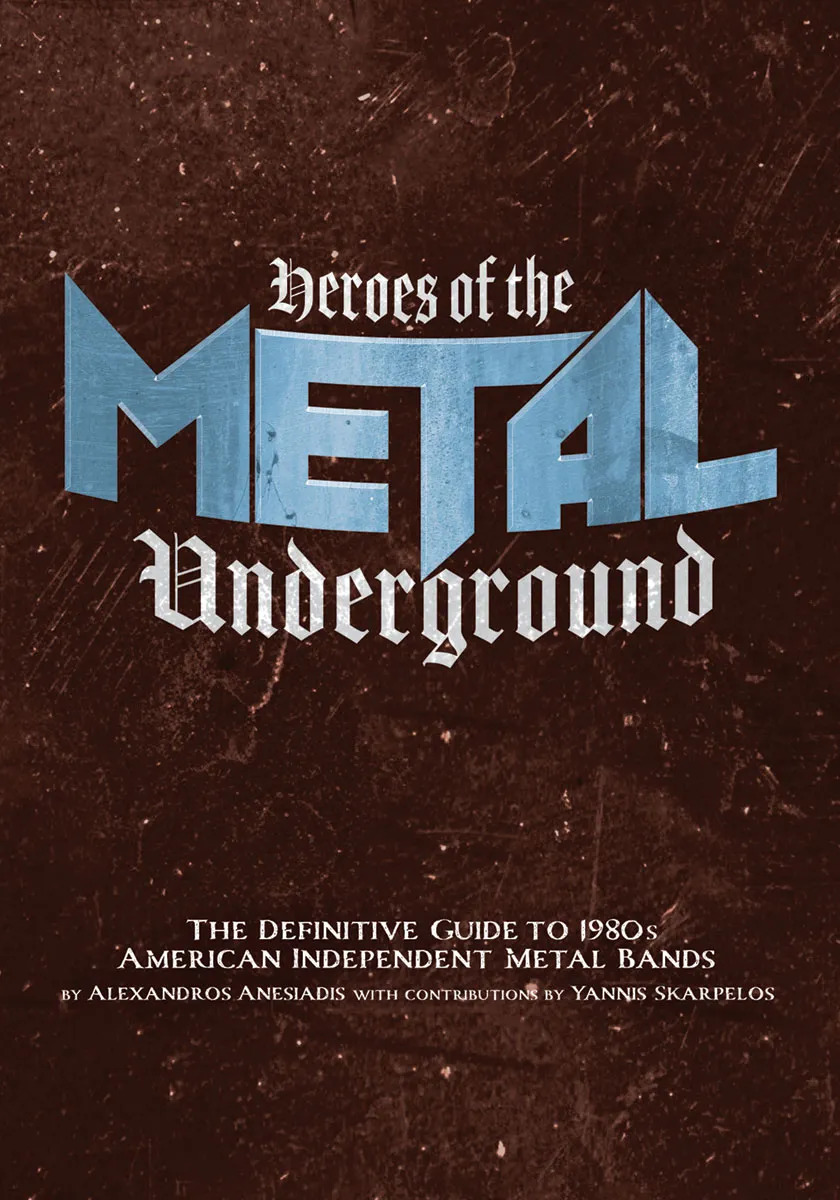
The first small independent metal labels appeared in the U.S. around 1982, with the most famous ones being Megaforce and Metal Blade; however, both of them went on to become “small majors.” Heavy metal exploded in the U.S. by 1984 (in marketing terms); it gained even more airplay on commercial MTV shows, reaching “20 percent in 1984 from 8 percent the previous year” (Garofalo, 1997; 401) and having a peak in 1989 when “40 percent of all the albums sold in the U.S. were exclusively heavy metal” (Walser, 1993; 3). Right in between the increased sales, there was also the commercialization of heavy metal, either in the championing of glam/lite metal or in the perfection of the sonic element of heavy/thrash metal bands—for example, there is literally no comparison between Megadeth’s sound on Killing Is My Business… with their Rust in Peace LP—in an attempt to gain more radio/video airplay as well as transforming it into a form of music that you could actually listen to at clubs. Through all those radical changes in the heavy metal market, there were bands that remained true to the core of heavy metal, refusing to commercialize their sound or follow trends like glam metal, thrash metal, progressive metal, and so on.
But this wasn’t the sole case where bands remained in the underground, releasing their own self-funded records; bands that were not lucky enough to sign a contract with a small label, bands whose sound was considered passé, bands that simply wanted to remain in the underground, bands that didn’t have the image or the music to upgrade to the big league, bands that due to internal conflicts couldn’t go on. The world of DIY American independent metal is by no means an ideal world, which is to say that not all bands are great, even to the most dedicated metalhead.
You can now order Heroes of the Metal Underground via Feral House or via your local bookstore, hopefully. Additionally we here at VoS will do an interview with Alex on October 4th, so that you can send in questions which we will ask him, until October 2nd to this address: [email protected] with the subject “Question for Alex Anesiadis”. This way you can become a part of VoS and learn a lot about the US Heavy Metal Underground.
(Photo Credit: Nikoletta Pakalidou)



